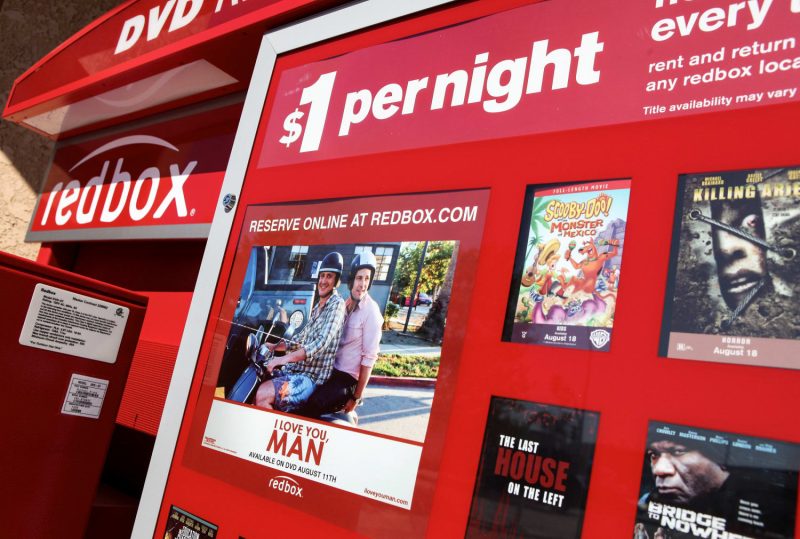
Redbox Bids Farewell as Streaming Overshadows Dwindling DVD Market
As the digital age continues to transform the way we consume entertainment, Redbox, one of the once-dominant forces in the home video rental industry, is faced with the impending reality of closure as the DVD market continues to succumb under the ever-expanding shadow of streaming services.
Founded in 2002, Redbox offered a convenient and cost-effective solution for movie fans to rent DVDs, making a trip to a Redbox kiosk part of an ideal casual night in for millions across the United States. Positioned in high-traffic locations including supermarkets, fast-food restaurants, and convenience stores, these bright red machines became a familiar sight for many Americans, promising instant access to a breadth of entertainment in over 40,000 locations at its peak.
The core business model of Redbox was centered on the distribution of physical media, specifically through DVD rentals. They capitalized on the popularity of DVD technology during the early years of the 21st century and offered consumers the choice they craved, coupled with a remarkably straightforward rental process. However, as with any business heavily dependent on technology, change was inevitable, and it wasn’t long before a significant shift in the movie-watching landscape started to become evident.
This shift has been largely due to the meteoric rise of streaming services such as Netflix, Amazon Prime Video, Disney+, and Hulu. These platforms offer unlimited access to a large variety of movies, television shows, and original content, all available at the viewer’s fingertips, minus the trip to a physical location. Besides the convenience, most of these platforms charge a monthly fee comparable to, or lesser than, the cost of renting a few DVDs, making them a compelling value proposition.
Furthermore, the COVID-19 pandemic has significantly hastened the decline of the DVD rental market. With lockdown measures and restrictions on non-essential trips outdoors, fewer people are willing or able to step out to visit a Redbox kiosk. Simultaneously, the consumption of online streaming content has surged, as people seek in-home entertainment options.
Redbox has attempted to adapt by launching its own streaming service, Redbox On Demand, and a free, ad-supported live TV service. However, the company has struggled to compete with the established streaming giants and their vast libraries of content. While Redbox’s DVD rental service once stood out for its convenience and affordable pricing, the same cannot be said for its digital offerings.
The decline of Redbox showcases the relentless pace of technological change and how businesses must evolve or risk being left behind. As DVD rentals become relegated to fond memories and nostalgia, the story of Redbox serves as a meaningful lesson about the relentless progress of technology. Today’s cutting-edge business model may well be tomorrow’s relic, left to wither in the shadow of the next big innovation. Despite players like Redbox being overshadowed by streaming giants, the competitive landscape reassures consumers of continuously enhanced viewing experiences in the future.
